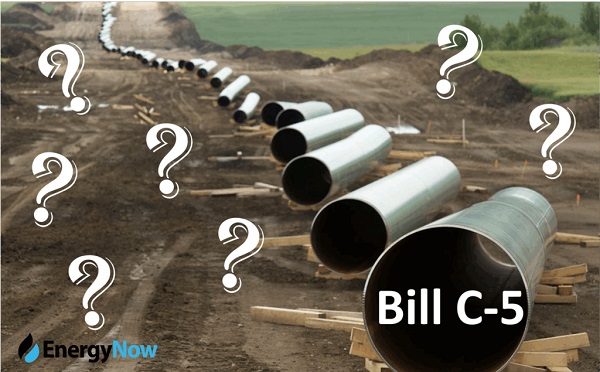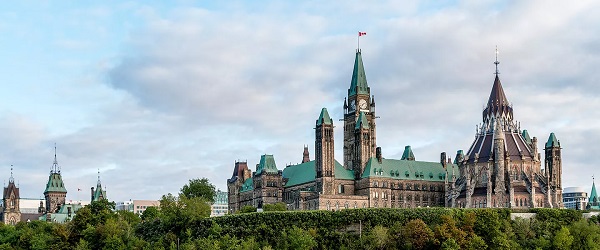Alberta
Securing the Alberta-U.S. border
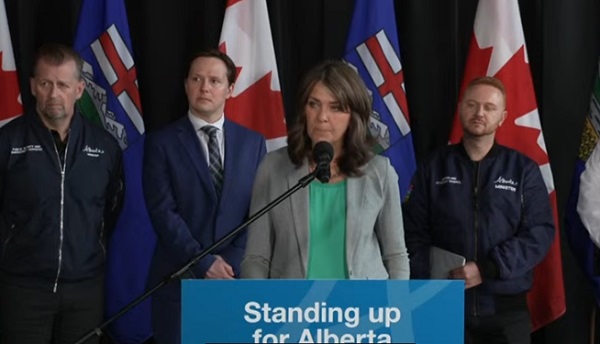
Alberta’s border security plan is advancing rapidly with more measures in place to stop illegal activity at the Alberta-U.S. border.
In December 2024, Alberta’s government announced a $29-million investment to create an Interdiction Patrol Team (IPT) within the Alberta Sheriffs to crack down on illegal cross-border activities threatening lives and livelihoods on both sides of the Alberta-Montana border. Alberta’s government recognizes the need for swift and decisive action that will curb drug trafficking and illegal border crossings to strengthen the province’s border security.
The team’s first cohort has been deployed and hiring will continue until all 51 positions are filled. The IPT is now operational, working closely with the RCMP and Canada Border Services Agency to identify and apprehend individuals suspected of drug smuggling, human trafficking and other illegal activities involving movement across the Canada-U.S. border. To date, 20 members of the Alberta Sheriffs have been assigned to the IPT to patrol between entry points, and to vehicle inspection stations along Alberta’s side of the border.
 Sheriffs Interdiction Patrol Team map
Sheriffs Interdiction Patrol Team map
“We are committed to strengthening security along Alberta’s southern border to put an end to the dangerous criminal activities that are destroying lives on both sides of the border. In addition to launching our new Interdiction Patrol Team, we are building three new vehicle inspection stations and increasing highway monitoring for suspicious activity. Our plan will ensure that Alberta’s southern border is secure.”
“Alberta’s government is increasing border security and has zero tolerance for illegal activities that threaten the well-being of Albertans or Alberta’s economy. The Alberta Sheriffs Interdiction Patrol Team puts more boots on the ground to identify where and when these activities are taking place, boosting security along our southern border and disrupting dangerous cross-border human, drugs and weapons trafficking in both directions. Let this be a message to all potential traffickers, especially those who traffic deadly fentanyl, you will get caught and you will go to jail.”
Alberta’s government continues to acquire equipment that will enable the IPT to detect and apprehend individuals committing illegal activity, including drones, night-vision optics and patrol canines. This team will patrol to detect and intercept illicit drugs, illegal firearms and unlawful attempts at illegal international border crossing. The IPT will be fully operational in coming months.
Through this process, Alberta has identified further significant concerns with the shared Canada-U.S. border. In response, Alberta’s government is advancing further measures to increase the security of the southern border.
In addition to the IPT, Alberta Transportation and Economic Corridors is dedicating $15 million over two years for three new vehicle inspection stations near the border, if Budget 2025 passes. This will give Sheriffs dedicated facilities to inspect commercial vehicles, whether they’re crossing into the United States or coming into Canada. The stations will be located on Highway 1 at Dunmore, Highway 3 at Burmis and Highway 4 at Coutts. The stations will include enhanced parking lanes for inspections, and winter ready buildings for year-round inspections.
Another measure undertaken by Alberta’s government is to train highway maintenance workers to identify and report suspicious activity during highway maintenance operations. Volker Stevin has a contract to maintain about 600 kilometres of highways in southern Alberta and by empowering their workers to identify and report suspicious activity, Alberta’s government is layering further security measures without adding additional costs.
“Border security is a priority, and Alberta Transportation and Economic Corridors is doing its part to enhance security and surveillance through three new vehicle inspection stations and with the help of our highway maintenance contractors, who will be trained to detect and report suspicious activity, providing an extra pair of eyes along the border.”
“The Interdiction Patrol Team will play a key role in eradicating crimes that seek to exploit the Alberta-Montana border in both directions. The Alberta Sheriffs are pleased to collaborate with the RCMP, Canada Border Services Agency and our counterparts in the United States as we work to keep our shared border safe and secure.”
Alberta’s government also amended the Critical Infrastructure Defence Regulation in January 2025 to add a two-kilometre-deep border zone north of the Alberta-United States border to the definition of essential infrastructure under the Critical Infrastructure Defence Act. The act gives peace officers the authority to arrest individuals caught trespassing on, interfering with or damaging essential infrastructure and who do not have a lawful right, to be on the essential infrastructure.
“Amending the Critical Infrastructure Defence Regulation is a key piece of our efforts to strengthen security in the area near the international border. We have quickly taken action that will support law enforcement in improving public safety, and tackle cross-border crime, drugs, illegal migrants and human-trafficking.”
Quick facts:
IPT will be supported by:
- 51 uniformed officers equipped with carbine rifles (weapons for tactical operations)
- 10 support staff, including dispatchers and analysts
- four drug patrol dogs, critical to ensure reasonable suspicion to search vehicles
- 10 cold weather surveillance drones that can operate in high winds with dedicated pilots
- four narcotics analyzers to test for illicit drugs
The IPT has already conducted more than 3,300 stops/contacts and has been successful in:
- assisting with four Northbound unauthorized border crossings
- executing 18 warrants and conducting two Judicial Interim Release hearings
- conducting three arrests related to possession of cocaine for the purpose of trafficking
Related news
- A plan to secure Alberta’s southern border (Dec. 12, 2024)
Alberta
Alberta judge sides with LGBT activists, allows ‘gender transitions’ for kids to continue

From LifeSiteNews
‘I think the court was in error,’ Alberta Premier Danielle Smith has said. ‘There will be irreparable harm to children who get sterilized.’
LGBT activists have won an injunction that prevents the Alberta government from restricting “gender transitions” for children.
On June 27, Alberta King’s Court Justice Allison Kuntz granted a temporary injunction against legislation that prohibited minors under the age of 16 from undergoing irreversible sex-change surgeries or taking puberty blockers.
“The evidence shows that singling out health care for gender diverse youth and making it subject to government control will cause irreparable harm to gender diverse youth by reinforcing the discrimination and prejudice that they are already subjected to,” Kuntz claimed in her judgment.
Kuntz further said that the legislation poses serious Charter issues which need to be worked through in court before the legislation could be enforced. Court dates for the arguments have yet to be set.
READ: Support for traditional family values surges in Alberta
Alberta’s new legislation, which was passed in December, amends the Health Act to “prohibit regulated health professionals from performing sex reassignment surgeries on minors.”
The legislation would also ban the “use of puberty blockers and hormone therapies for the treatment of gender dysphoria or gender incongruence” to kids 15 years of age and under “except for those who have already commenced treatment and would allow for minors aged 16 and 17 to choose to commence puberty blockers and hormone therapies for gender reassignment and affirmation purposes with parental, physician and psychologist approval.”
Just days after the legislation was passed, an LGBT activist group called Egale Canada, along with many other LGBT organizations, filed an injunction to block the bill.
In her ruling, Kuntz argued that Alberta’s legislation “will signal that there is something wrong with or suspect about having a gender identity that is different than the sex you were assigned at birth.”
She further claimed that preventing minors from making life-altering decisions could inflict emotional damage.
However, the province of Alberta argued that these damages are speculative and the process of gender-transitioning children is not supported by scientific evidence.
“I think the court was in error,” Alberta Premier Danielle Smith said on her Saturday radio show. “That’s part of the reason why we’re taking it to court. The court had said there will be irreparable harm if the law goes ahead. I feel the reverse. I feel there will be irreparable harm to children who get sterilized at the age of 10 years old – and so we want those kids to have their day in court.”
READ: Canadian doctors claim ‘Charter right’ to mutilate gender-confused children in Alberta
Overwhelming evidence shows that persons who undergo so-called “gender transitioning” procedures are more likely to commit suicide than those who are not given such irreversible surgeries. In addition to catering to a false reality that one’s sex can be changed, trans surgeries and drugs have been linked to permanent physical and psychological damage, including cardiovascular diseases, loss of bone density, cancer, strokes and blood clots, and infertility.
Meanwhile, a recent study on the side effects of “sex change” surgeries discovered that 81 percent of those who have undergone them in the past five years reported experiencing pain simply from normal movements in the weeks and months that followed, among many other negative side effects.
Alberta
Why the West’s separatists could be just as big a threat as Quebec’s
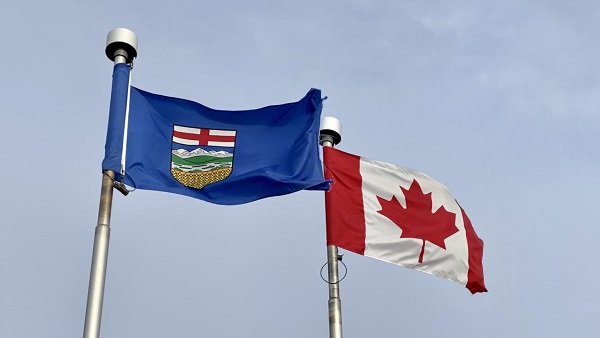
By Mark Milke
It is a mistake to dismiss the movement as too small
In light of the poor showing by separatist candidates in recent Alberta byelections, pundits and politicians will be tempted to again dismiss threats of western separatism as over-hyped, and too tiny to be taken seriously, just as they did before and after the April 28 federal election.
Much of the initial skepticism came after former Leader of the Opposition Preston Manning authored a column arguing that some in central Canada never see western populism coming. He cited separatist sympathies as the newest example.
In response, (non-central Canadian!) Jamie Sarkonak argued that, based upon Alberta’s landlocked reality and poll numbers (37 per cent Alberta support for the “idea” of separation with 25 per cent when asked if a referendum were held “today”), western separation was a “fantasy” that “shouldn’t be taken seriously.” The Globe and Mail’s Andrew Coyne, noting similar polling, opined that “Mr. Manning does not offer much evidence for his thesis that ‘support for Western secession is growing.’”
Prime Minister Mark Carney labelled Manning’s column “dramatic.” Toronto Star columnist David Olive was condescending. Alberta is “giving me a headache,” he wrote. He argued the federal government’s financing of “a $34.2-billion expansion of the Trans Mountain pipeline (TMX)” as a reason Albertans should be grateful. If not, wrote Olive, perhaps it was time for Albertans to “wave goodbye” to Canada.
As a non-separatist, born-and-bred British Columbian, who has also spent a considerable part of his life in Alberta, I can offer this advice: Downplaying western frustrations — and the poll numbers — is a mistake.
One reason is because support for western separation in at least two provinces, Alberta and Saskatchewan, is nearing where separatist sentiment was in Quebec in the 1970s.
In our new study comparing recent poll numbers from four firms (Angus Reid Institute, Innovative Research Group, Leger, and Mainstreet Research), the range of support in recent months for separation from Canada in some fashion is as follows, from low to high: Manitoba (6 per cent to 12 per cent); B.C. (nine per cent to 20 per cent); Saskatchewan (20 per cent to 33 per cent) and Alberta (18 per cent to 36.5 per cent). Quebec support for separation was in a narrow band between 27 per cent and 30 per cent.
What such polling shows is that, at least at the high end, support for separating from Canada is now higher in Saskatchewan and Alberta than in Quebec.
Another, even more revealing comparison is how western separatist sentiment now is nearing actual Quebec votes for separatism or separatist parties back five decades ago. The separatist Parti Québécois won the 1976 Quebec election with just over 41 per cent of the vote. In the 1980 Quebec referendum on separation, “only” 40 per cent voted for sovereignty association with Canada (a form of separation, loosely defined). Those percentages were eclipsed by 1995, when separation/sovereignty association side came much closer to winning with 49.4 per cent of the vote.
Given that current western support for separation clocks in at as much as 33 per cent in Saskatchewan and 36.5 per cent in Alberta, it begs this question: What if the high-end polling numbers for western separatism are a floor and not a ceiling for potential separatist sentiment?
One reason why western support for separation may yet spike is because of the Quebec separatist dynamic itself and its impact on attitudes in other parts of Canada. It is instructive to recall in 1992 that British Columbians opposed a package of constitutional amendments, the Charlottetown Accord, in a referendum, in greater proportion (68.3 per cent) than did Albertans (60.2 per cent) or Quebecers (56.7 per cent).
Much of B.C.’s opposition (much like in other provinces) was driven by proposals for special status for Quebec. It’s exactly why I voted against that accord.
Today, with Prime Minister Carney promising a virtual veto to any province over pipelines — and with Quebec politicians already saying “non” — separatist support on the Prairies may become further inflamed. And I can almost guarantee that any whiff of new favours for Quebec will likely drive anti-Ottawa and perhaps pro-separatist sentiment in British Columbia.
There is one other difference between historic Quebec separatist sentiment and what exists now in a province like Alberta: Alberta is wealthy and a “have” province while Quebec is relatively poor and a have-not. Some Albertans will be tempted to vote for separation because they feel the province could leave and be even more prosperous; Quebec separatist voters have to ask who would pay their bills.
This dynamic again became obvious, pre-election, when I talked with one Alberta CEO who said that five years ago, separatist talk was all fringe. In contrast, he recounted how at a recent dinner with 20 CEOs, 18 were now willing to vote for separation. They were more than frustrated with how the federal government had been chasing away energy investment and killing projects since 2015, and had long memories that dated back to the National Energy Program.
(For the record, they view the federal purchase of TMX as a defensive move in response to its original owner, Kinder Morgan, who was about to kill the project because of federal and B.C. opposition. They also remember all the other pipelines opposed/killed by the Justin Trudeau government.)
Should Canadians outside the West dismiss western separatist sentiment? You could do that. But it’s akin to the famous Clint Eastwood question: Do you feel lucky?
Mark Milke is president and founder of the Aristotle Foundation for Public Policy and co-author, along with Ven Venkatachalam, of Separatist Sentiment: Polling comparisons in the West and Quebec.
-

 COVID-198 hours ago
COVID-198 hours agoOntario man launches new challenge against province’s latest attempt to ban free expression on roadside billboards
-

 Energy16 hours ago
Energy16 hours agoThis Canada Day, Celebrate Energy Renewal
-

 Business1 day ago
Business1 day agoWhile China Hacks Canada, B.C. Sends Them a Billion-Dollar Ship Building Contract
-
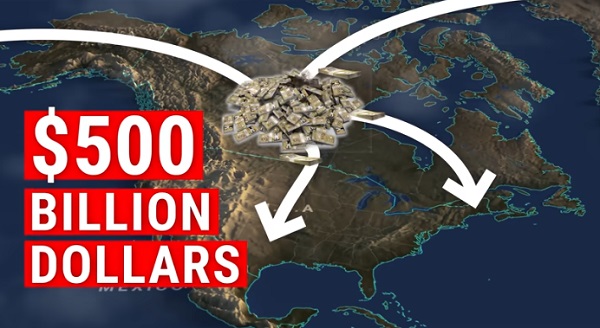
 Alberta1 day ago
Alberta1 day agoSo Alberta, what’s next?
-
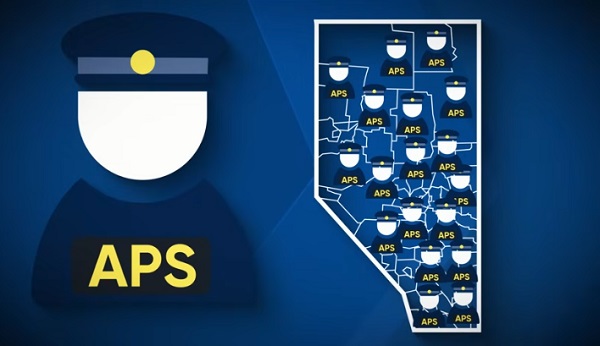
 Alberta7 hours ago
Alberta7 hours agoAlberta Next Takes A Look At Alberta Provincial Police Force
-
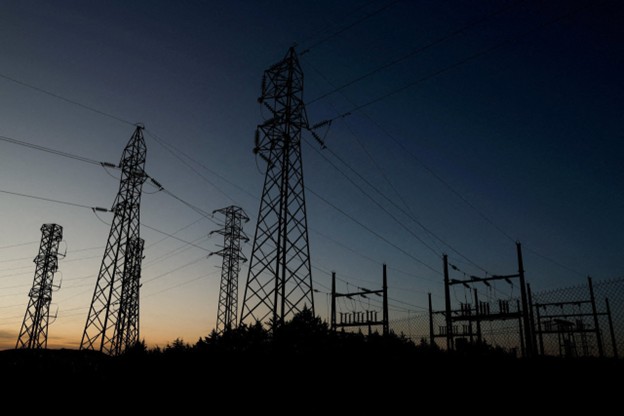
 Bjorn Lomborg1 day ago
Bjorn Lomborg1 day agoThe Physics Behind The Spanish Blackout
-

 International10 hours ago
International10 hours agoPresident Xi Skips Key Summit, Adding Fuel to Ebbing Power Theories
-

 Alberta9 hours ago
Alberta9 hours agoCanadian Oil Sands Production Expected to Reach All-time Highs this Year Despite Lower Oil Prices





